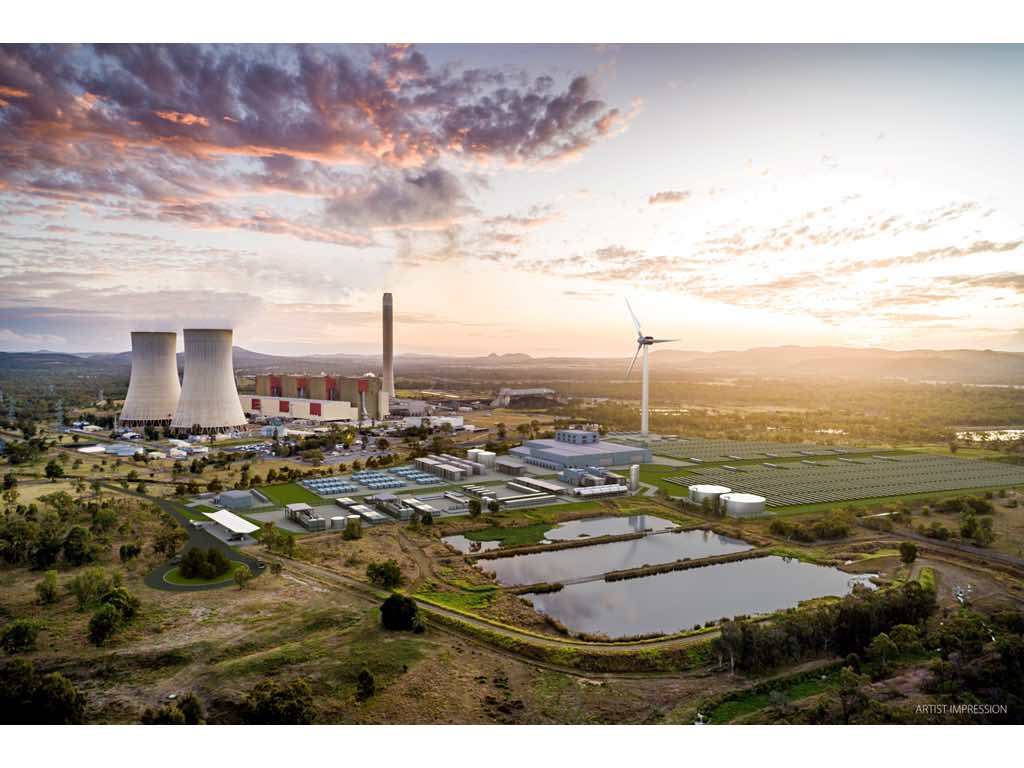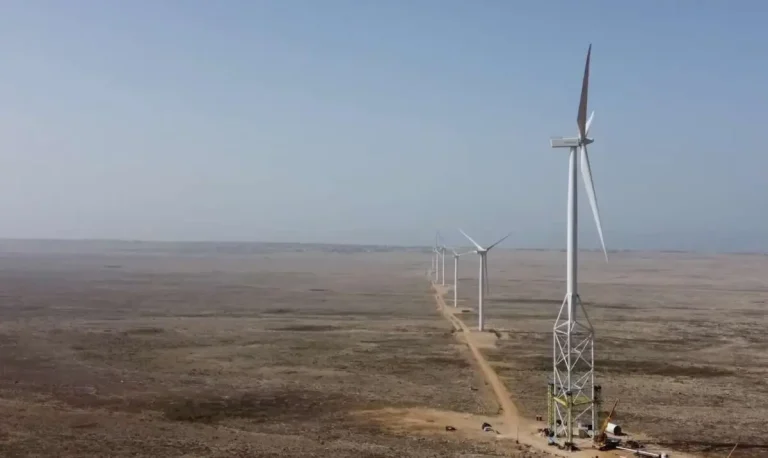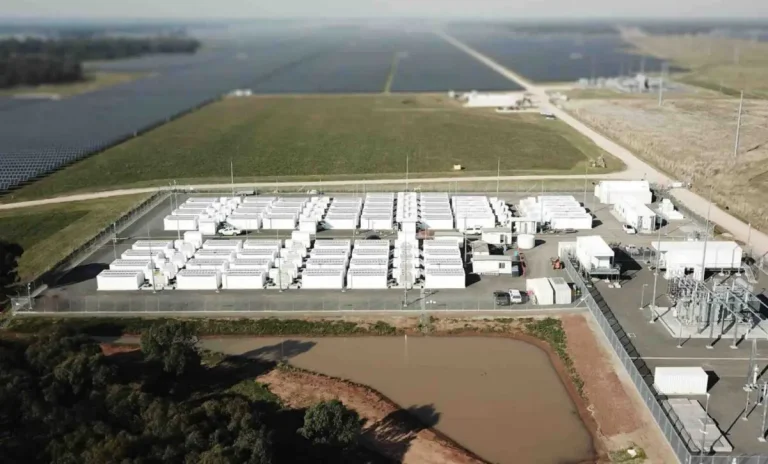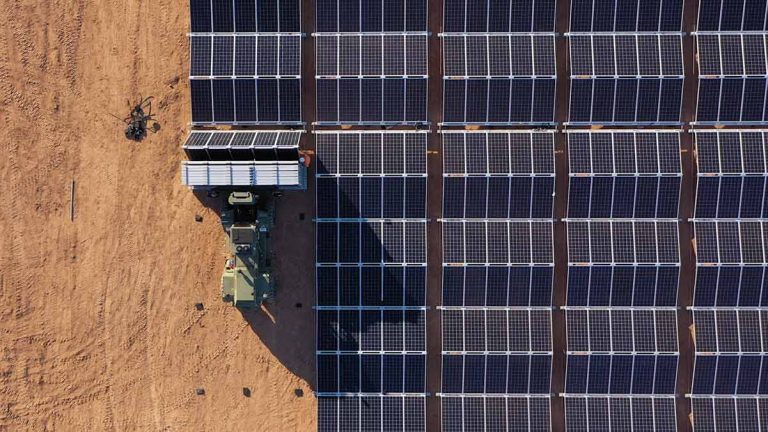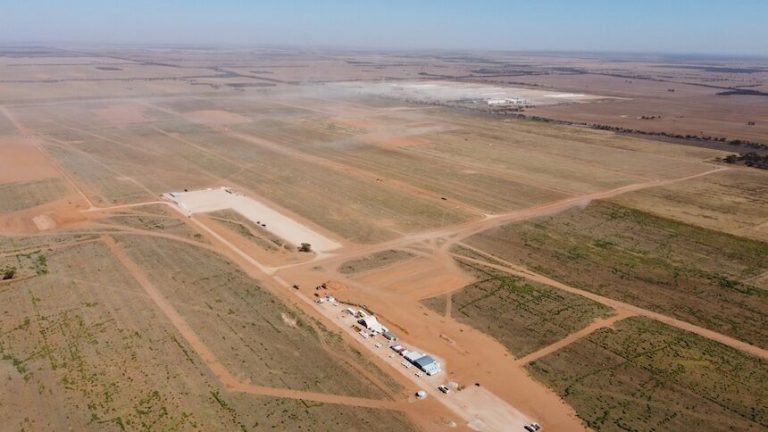Queensland LNP Extends Coal Lifespan, Halts New Wind and Solar Projects
The Queensland government has opted to abandon the coal closure targets set by the previous Labor administration, following intervention from the premier’s office, reportedly due to pressure from the party’s right faction. This decision marks a significant shift in energy policy as outlined by Treasurer and Energy Minister David Janetzki during a luncheon in Brisbane on Friday.
The key highlight of the Liberal National Party’s (LNP) new five-year energy strategy is the scrapping of the previous targets, which aimed to phase out the remaining five state-owned coal generators by 2035. Other notable changes include a reduction in the scope of the proposed Copperstring transmission link in the north-west, a postponement (and likely cancellation) of the Borumba pumped hydro project, and the establishment of a $400 million investment fund for new initiatives, alongside support for over 1 GW of new gas generation.
Coal’s Extended Role in Queensland’s Energy Mix
Janetzki had initially been inclined to propose definitive coal closure dates, albeit later than those set by Labor. However, the government has reverted to a “technical” lifespan for the coal generators, allowing for potential extensions that could see these ageing facilities operational until the late 2040s or even the early 2050s. “Coal will remain part of the state’s generation mix for decades,” Janetzki stated, emphasising that the plan is grounded in practical economics and engineering rather than ideology.
Concerns from Environmental Groups and Investors
This decision has drawn sharp criticism from environmental organisations and raised concerns among renewable energy and storage developers, who rely on clear timelines for coal closures to assess market opportunities for their investments. The revised roadmap has been labelled a hindrance rather than a guide, pushing back potential investment timelines by several years.
Greg Bourne, an energy expert at the Climate Council, expressed that “tying Queensland to outdated coal facilities for two decades undermines the state’s future,” describing the plan as detrimental to the economy, climate, and households.
Impact on National Renewable Energy Goals
This policy shift could also hinder the federal government’s aim of achieving 82 per cent renewable energy by 2030, which relies on substantial investment in new wind and solar projects in Queensland. Experts warn that this could lead to inevitable price increases, as coal and gas are not only environmentally harmful but also more costly.
The LNP had previously indicated its intention to dismantle Labor’s renewable energy targets of 50 per cent by 2030 and 80 per cent by 2035, having already cancelled two approved wind projects and intervened in others.
Industry Reactions and Future Prospects
Queensland remains the most coal-dependent state in Australia, with coal accounting for nearly 65 per cent of its energy mix over the past year. However, major industries are expressing unease. Rio Tinto, the state’s largest energy consumer, has indicated plans to close the Gladstone coal generator and is pursuing contracts for large-scale wind, solar, and battery projects, asserting that its operations cannot rely on fossil fuels.
Janetzki maintains that Queensland possesses some of the highest-quality wind and solar resources globally, yet under the new strategy, these resources will largely remain untapped. Currently, the state has 1 GW of wind and 3.2 GW of large-scale solar operational, with expectations of an additional 6.8 GW of new wind and solar by 2030, and 4.4 GW by 2035.
These projections include 1.6 GW of large wind projects already in construction, such as the 930 MW MacIntyre wind farm, the 420 MW Clarke Creek wind farm, and the 252 MW Wanbo wind project. Rio Tinto anticipates delivering 3.5 GW of large-scale wind and solar (along with battery storage) to replace the coal generator, while the federal government’s Capacity Investment Scheme has provided underwriting agreements for an additional 1.9 GW of wind and solar projects.
Future Energy Infrastructure Developments
Janetzki’s announcement effectively halts most other wind and solar projects, while forecasting 700 MW of new capacity in the south-east and a potential 400 MW of gas capacity in Gladstone, bringing total gas capacity to 4.1 GW by 2030, with plans to double that by 2035.
The Labor government’s renewable energy targets will be repealed in a bill expected to be presented before Christmas, with renewable energy zones being replaced by “regional energy hubs,” allowing for a broader range of energy sources.
Janetzki highlighted that 40 per cent of Queensland rooftops are equipped with photovoltaic systems and confirmed the upcoming launch of a “supercharged solar for renters” initiative. The focus will shift towards smaller pumped hydro projects, with the Borumba scheme now considered merely an option. Janetzki expressed a preference for smaller pumped hydro systems to complement battery storage for high-demand periods.
A new $400 million Queensland Energy Investment Fund, managed by QIC, will support gas and small pumped hydro investigations and remain open to all renewable investment proposals. The north-west region may hold the most promise for new renewable energy projects, particularly with the scaled-back Copperstring project, which will now feature a 330 kV line instead of the originally planned 500 kV line.
The first stage of the project, linking Townsville to Hughenden, is expected to unlock $10 billion in new projects upon its completion in 2032. A new regional hub is being established, which may contribute significantly to the 2035 capacity targets. However, no timeline has been set for the western link from Hughenden to Mount Isa, although Janetzki has announced a $200 million fund to support local renewable and storage microgrids for proposed mining projects in the area.
